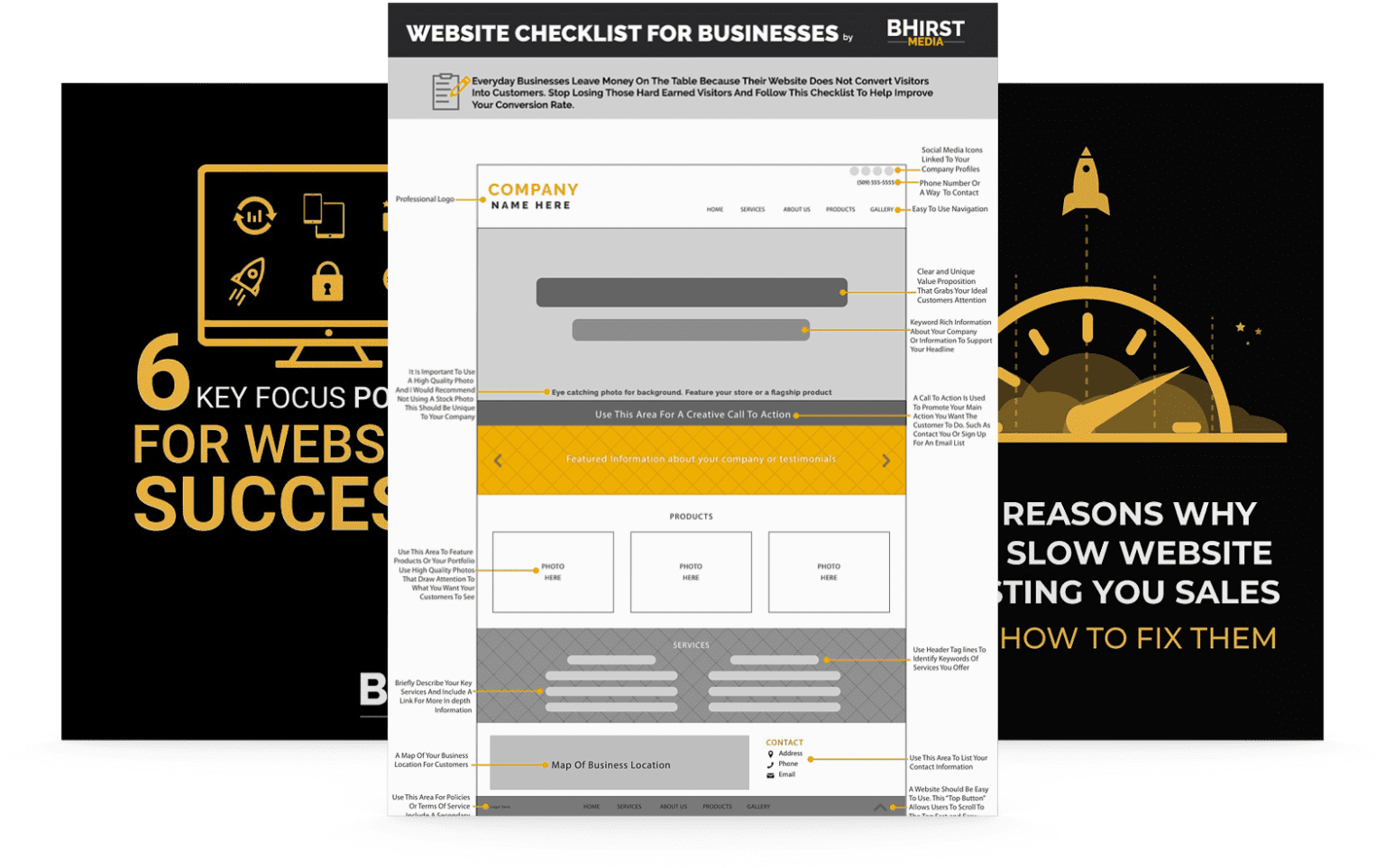
Every day, countless business owners watch helplessly as their contact forms get flooded with spam messages. Recent studies show that small business owners waste an average of 3 hours each week sorting through spam – time that could be spent growing their business or serving customers. The situation has reached a critical point where traditional spam prevention methods simply can’t keep up with increasingly sophisticated bots. The good news? There are proven, professional-grade solutions that can restore control over your website’s communications.
Website spam has evolved from a minor nuisance into a serious business threat, with American businesses facing over 210 million spam attempts in early 2024 alone. This massive wave of malicious activity creates significant operational challenges for companies of every size. When genuine customer messages get buried under mountains of spam, businesses risk missing crucial opportunities, partnership proposals, and time-sensitive customer requests. The impact directly affects your bottom line through wasted resources and lost business opportunities.
Modern defense strategies have emerged to counter this growing challenge, offering sophisticated protection without requiring deep technical expertise or substantial financial investments. These innovative solutions strike an optimal balance between robust security and operational simplicity, ensuring your business remains protected while staying accessible to legitimate customers. Let’s examine four field-tested methods that consistently deliver outstanding results.
Strategic form design represents a paradigm shift in spam prevention methodology. This approach moves beyond basic technical barriers to implement intelligent, human-centric security measures. By incorporating carefully crafted custom fields and logic-based verification steps, you establish an effective primary defense layer. These smart checkpoints create a significant barrier against automated submissions while remaining intuitive and straightforward for genuine users to navigate.
The brilliance of strategic form architecture lies in its combination of simplicity and effectiveness. Implementation requires minimal technical knowledge and integrates seamlessly with popular platforms like WordPress, Wix, and Shopify. Business implementations consistently report 50-70% reductions in spam submissions during the first week alone. Small and medium-sized businesses experiencing moderate spam volumes find this approach particularly valuable, delivering substantial protection with minimal setup investment.
Honeypot technology represents the cutting edge of unobtrusive spam protection, functioning as an invisible security layer that effectively traps automated threats. This sophisticated methodology leverages hidden form elements that remain completely undetectable to human visitors while proving irresistible to automated systems. The technology exploits fundamental behavioral differences between human users and bots, creating a highly precise filtering mechanism that operates silently in the background.
According to CleanTalk’s security analysis, properly implemented honeypot systems achieve remarkable success rates, blocking up to 99.8% of spam attempts. The distinctive advantage of this method lies in its perfect preservation of user experience while maintaining exceptional precision. Legitimate visitors proceed through their form submissions without encountering any additional steps or friction, while your forms remain comprehensively protected against automated threats.

Today’s CAPTCHA services have undergone significant evolution, moving far beyond the frustrating text puzzles of previous generations. Contemporary systems, exemplified by advanced platforms like Google reCAPTCHA, employ sophisticated verification methods that adapt dynamically to user behavior patterns. These intelligent solutions analyze multiple behavioral indicators to differentiate between human and automated activity, typically requiring minimal interaction from legitimate users while maintaining robust security protocols.
Recent technical assessments reveal modern CAPTCHA services consistently achieve spam prevention rates of 99.9%. However, deployment decisions must carefully balance security requirements against potential user experience impacts. Mobile users particularly may encounter varying levels of friction during verification processes. This makes thoughtful CAPTCHA selection and configuration essential for maintaining optimal security while preserving positive user experiences.
Cloud-based spam detection platforms represent state-of-the-art website protection, utilizing advanced artificial intelligence and machine learning algorithms to create dynamic defense systems. These sophisticated solutions analyze patterns across vast networks of websites in real-time, identifying and blocking emerging spam tactics as they develop. The technology continuously evolves through machine learning, staying ahead of new threat vectors while minimizing false positive detections.
Modern cloud solutions excel through their comprehensive approach to threat assessment. These systems evaluate multiple data points simultaneously, including sophisticated behavior analysis, submission timing patterns, and global threat intelligence feeds. This multi-layered analytical approach enables exceptionally accurate spam identification while maintaining seamless functionality for legitimate users across all interaction points.
Achieving optimal spam protection often requires a layered security approach, combining multiple defense mechanisms strategically. Start by implementing honeypot technology as your foundation, then add strategic form design elements to create initial barriers. Layer these base protections with either CAPTCHA services or cloud-based AI solutions, depending on your specific security requirements and user experience priorities. This multi-layered approach creates comprehensive protection while maintaining accessibility for legitimate users.
Regular monitoring and adjustment of your protection methods ensures continued effectiveness against evolving threats. Track spam blocking rates, legitimate submission success rates, and user feedback to fine-tune your security implementation. Remember that effective spam protection requires ongoing attention and periodic updates to maintain optimal performance levels.
Most solutions can be implemented within 1-2 hours, with cloud-based services offering the fastest deployment times.
When properly configured, these solutions have negligible impact on legitimate submissions while blocking 98-99% of spam attempts.
Honeypot technology combined with strategic form design typically offers the best balance of protection and simplicity for small businesses.
